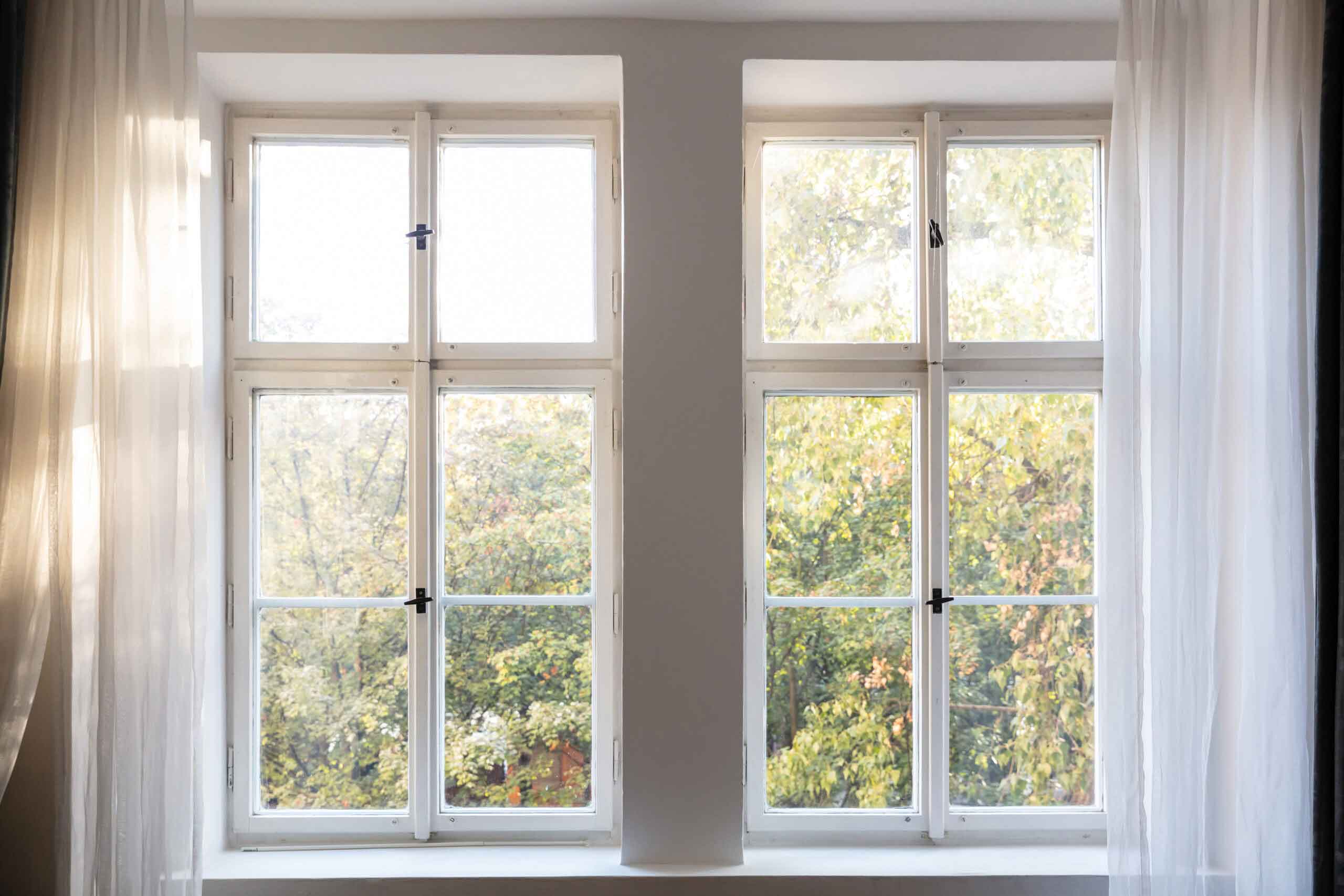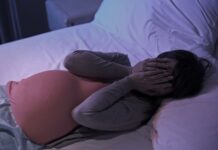How it all began…
Light therapy is one of the most exciting and scientifically interesting developments in medicine today. First, it is one of the rare treatments that developed directly out of basic research in neurobiology: a nice story of intellectual preparedness and bench-to- bedside crosstalk. In hamsters and other species that show seasonal changes such as hibernation and reproduction, the behaviors can be manipulated in the lab by fooling the creature with a false seasonal day-length by varying how long the lights are turned on each day. Poor hamster! if we give it artificially long days in winter, it gets energized and seeks a partner. And with artificially short days in summer, it curls up and prepares for the long sleep.
Clinical scientists at the US National Institute of Mental Health (NIMH) speculated that there might be a parallel with winter depression in humans — that the short days of winter triggered mood changes in vulnerable individuals, causing them to sleep more and eat more carbohydrates, as if they were preparing biologically for a kind of hibernation. The obvious solution, based on the hamster data, was to present a summer signal to these patients by using bright artificial lights that lengthened the day.
Amazingly, it worked. Light therapy is now established as the treatment of choice for winter depression (renamed Seasonal Affective Disorder, or SAD).
Light therapy across the world
To gain acceptance of this radical finding by the medical establishment, many clinical trials were necessary worldwide. Countries in the far north immediately became intrigued by the potential of light therapy in their long dark winters. Clinics in Alaska, Canada, Scandinavia, and Siberia, along with many US groups, pioneered tests of efficacy in controlled trials of bright light versus placebo. Members of the public enthusiastically signed up as research subjects, even knowing they might not receive the active treatment.
It quickly became clear that the syndrome of winter depression was also quite widespread at moderate latitudes, and active research groups were formed in Switzerland, Germany, Austria, France, the Netherlands, Great Britain and Japan.
Light therapy researchers form a special, very collaborative and congenial group who have developed the field substantially over the last thirty-five years. They were inspired by the pioneering work of Drs. Norman Rosenthal, Thomas Wehr, and Alfred Lewy at the NIMH, who first described the SAD syndrome and showed that bright light affects the human biological clock.
Despite the clinical successes in controlled trials, and worldwide adoption of light therapy as a quick-acting, practical method, we still have much to learn about the mechanisms underlying SAD and the effect of light. For sure, the wonderful model of the hibernating hamster does not tell the whole story! However, we now have a set of practical guidelines for optimum light treatment timing and dosage, care for side effects, contraindications (for example, certain eye diseases), and combinations with medication.
These are now available for practitioners and patients alike, in publications for professionals and the general public. Psychiatrists, psychologists and other mental health care practitioners can use the established treatment manual , follow the growing set of meta-analyses of light therapy for seasonal and nonseasonal depression, and the task force review from the International Society for Bipolar Disorders.
Light therapy beyond SAD
The use of light in psychiatry now extends to very promising studies of light treatment for non-seasonal unipolar and bipolar major depression, depression during pregnancy and premenstrual depression. Light treatment also helps with sleep problems (whether or not accompanied by depression), depressed mood in Borderline Personality Disorder, and schizophrenia. In neurology, there are promising results for light treatment in Parkinson’s Disease and fibromyalgia.
Light acts on the circadian clock to shift and stabilize rhythms and sleep, and can be used treat a set of circadian-related sleep disorders (advanced or delayed sleep phase disorder), the delayed rhythms of adult attention deficit hyperactivity disorder, bulimia nervosa and binge eating disorder, and the sleep misalignment associated with shift work and jet lag. Light can also be used as an adjunctive treatment in any illness where sleep disturbances occur, as in patients with kidney replacements or liver cirrhosis.
Finally — for now, at least — many studies have documented symptom improvement in Alzheimer’s disease, including slower cognitive decline, better sleep and daytime alertness, and less agitation. We aim to cover all these developments in a growing set of reports by major investigators around the world, written especially for our visitors.
The future of light therapy — as a single treatment or in combination with others —is very bright.






